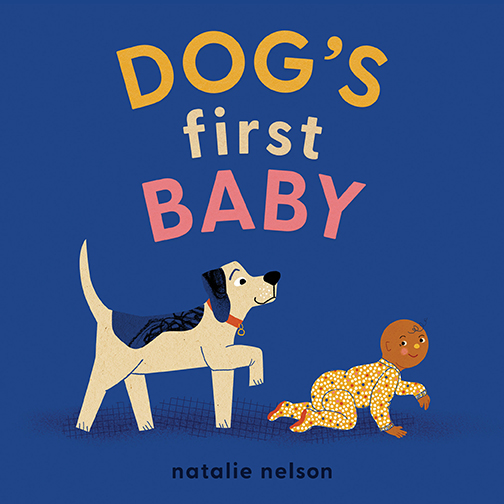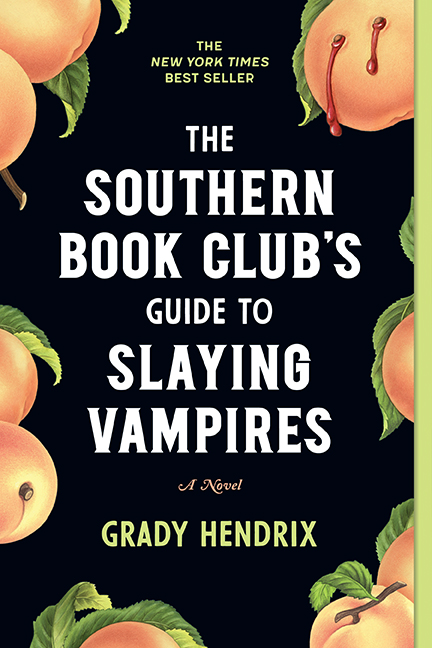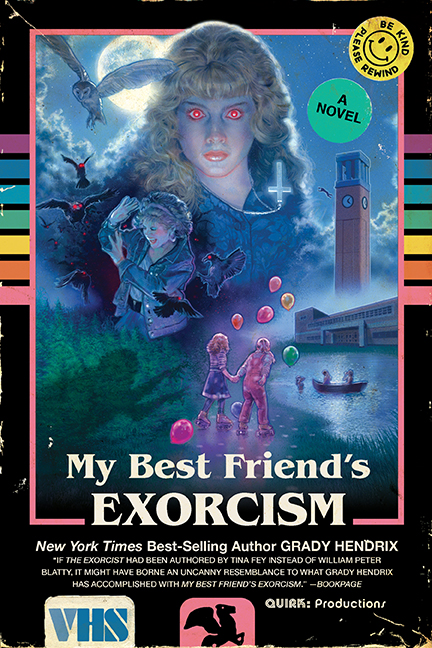Our Blog
National Ice Cream Month: Berries & Buttermilk Smoothie Ice Cream Pops
Okay, so these aren’t quite ice cream, but they’re packed with fruit and simple, delicious ingredients like yogurt and honey.
Break the mold with these creamy treats worthy of National Ice Cream Month.
Berries and Buttermilk Smoothie Ice Cream Pops
From On A Stick by Matt Armendariz
Sweet, simple, and with a tang of buttermilk, these smooth ice cream pops are fun to make. Feel free to use any variety of frozen fruit that you have on hand.
Posted by Caroline Mills
Celebrate Chocolate Day on Etsy With Willy Wonka Inspired Crafts
What better way to celebrate July 7th, Chocolate Day than a look at some of the sweet confections the Etsy marketplace has to offer?
Though chocolate itself is available in abundance on the site, we thought we’d shine a spotlight on the creations inspired by the number one Candy Man himself: Mr. Willy Wonka.
Posted by Megan Christopher
Worst-Case Wednesday: Avoid a Grillmergency
Happy Independence Day!
Along with parades and fireworks, grilling up delicious food is practically a requirement for proper celebration of the 4th.
Worst Case Wednesday is all about keeping you disaster-free, so here’s a few tips from The Worst Case Scenario Almanac: Great Outdoors to make sure the only thing cooking today is your burger.
Posted by Jessica Lopez
The Last Policeman Book Launch @ Big Hat Books
Photo by Jenny Elkins
Ben H. Winters moves to Indianapolis right around the publication date of The Last Policeman, and the kind folks at Big Hat Books are hosting a special book launch party for him at their store.
If you’re in the area, hop over to Big Hat Books on July 10th at 6pm. Ben will be there greeting fans and reading from his latest book. There will also be drinks beforehand.
Come say hi and help welcome our good friend to his new home.
Ben H. Winters @ Big Hat Books
Tuesday, July 10th, 2012, 6pm
Big Hat Books
6510 Cornell Ave Indianapolis, IN 46220
(317) 202-0203
www.facebook.com/bighatbooks
Posted by Eric Smith
Bacon-Wrapped Steaks: Make Your Inner Ron Swanson Proud
Sometimes you just have to indulge yourself and make your inner Ron Swanson proud.
And if you aren’t able to handle Turf and Turf, why not have a single great big juicy steak, cooked medium rare, wrapped in crisp, bacon slices? You should do it. Because you’re a free American.
Bacon-Wrapped Steaks
Ingredients:
1 pound sirloin steaks (about 2 large pieces)
1 tablespoon Lea & Perrins Worcestershire sauce
1 teaspoon garlic powder
1 teaspoon salt
Posted by Elizabeth Ann Quirino
Becoming a Cult Hero
Oh God. The asteroid is hurtling towards earth. We’re all going to die.
Posted by Alison Zeidman




